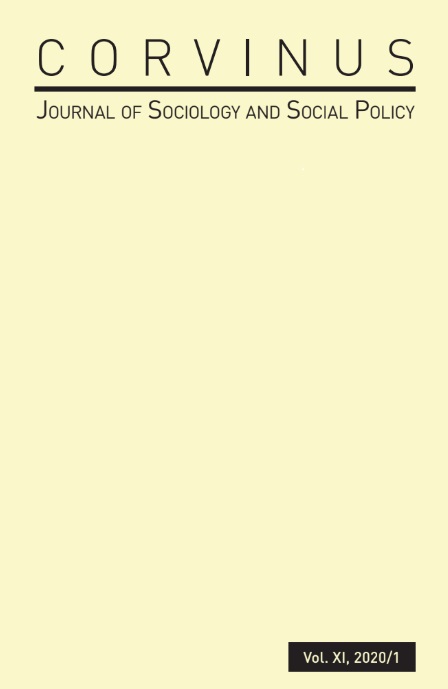Hungarian international migrations in the Carpathian Basin, 2011-2017
Hungarian international migrations in the Carpathian Basin, 2011-2017
Author(s): Áron KincsesSubject(s): Migration Studies
Published by: Budapesti Corvinus Egyetem Szociológia Doktori Iskola
Keywords: Demography; International migration; spatial statistics; Carpathian-Basin
Summary/Abstract: International migration into Hungary is markedly differentiated into two levels: the global migration effect, and the processes flowing between Hungary and its neighbouring countries, which date back a long time. The main characteristic of international migration in Hungary is that the largest part of the immigrant population is of Hungarian nationality. Population movements in the late 1980s and early 1990s made it clear that the demographic processes taking place in the Hungarian linguistic community – despite the fragmentation occurring in 1918, and the nearly 100 year old ‘distributed development’ – can only fully understood if we examine them together, as a single process. It is important to recognise that demographic processes within and outside of the current border are similar in nature. All that is happening in Hungary is only part of the demographic processes of the Hungarian language community. The migration processes described in the paper would have a significant impact on the ethnic spatial structure of the Hungarians in the Carpathian Basin if the number of other ethnicities did not decrease similarly. Strengthening the numbers of people staying in their home country, increasing the number of return migrations and the fertility rates of local Hungarians could all be part a solution to the problem.
Journal: Corvinus Journal of Sociology and Social Policy
- Issue Year: 11/2020
- Issue No: 1
- Page Range: 23-49
- Page Count: 27
- Language: English

